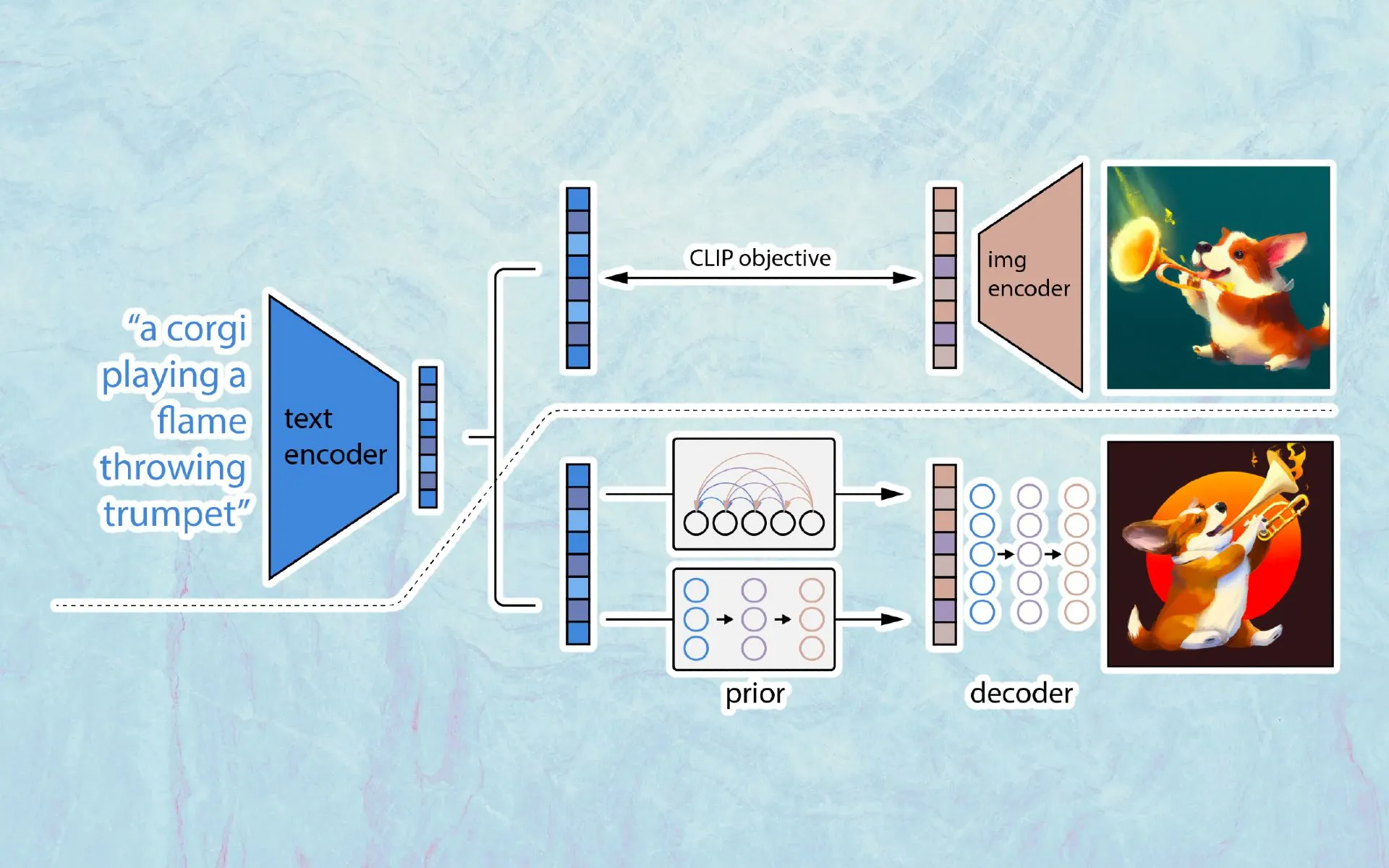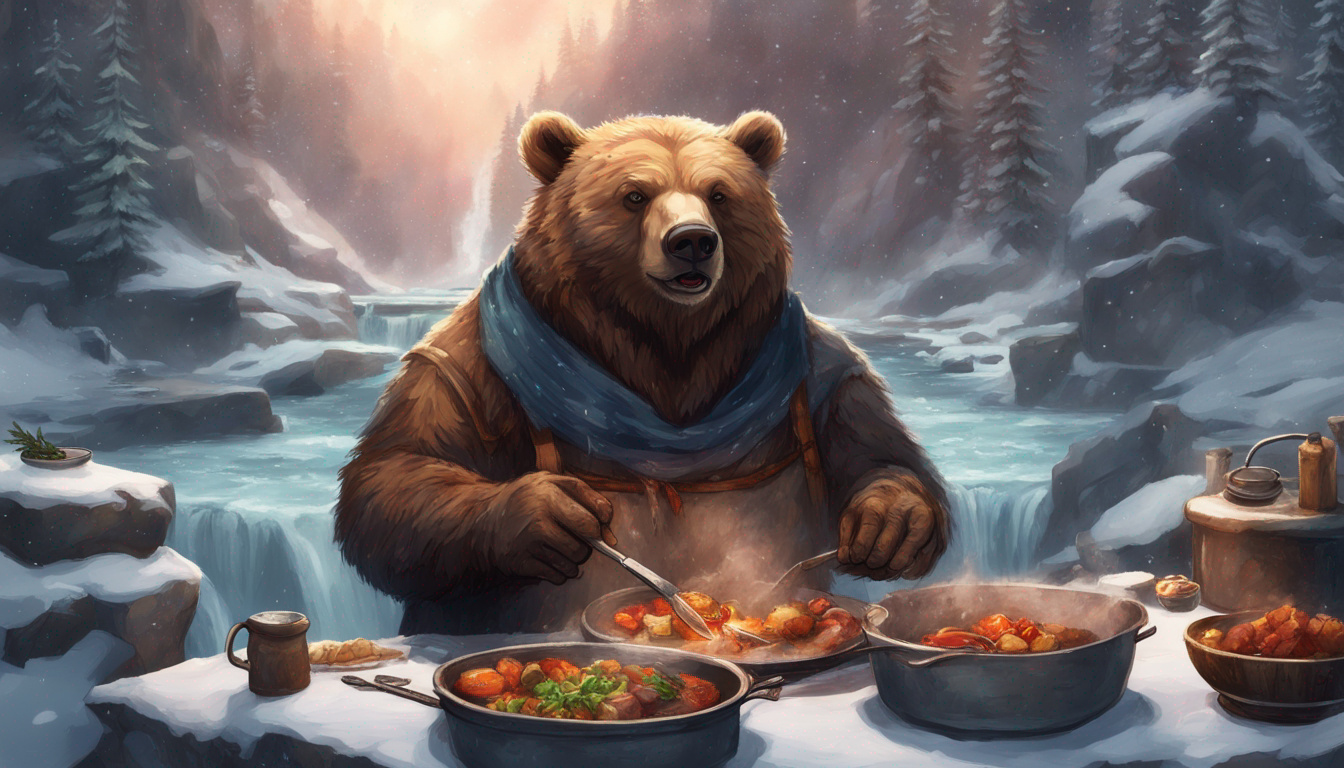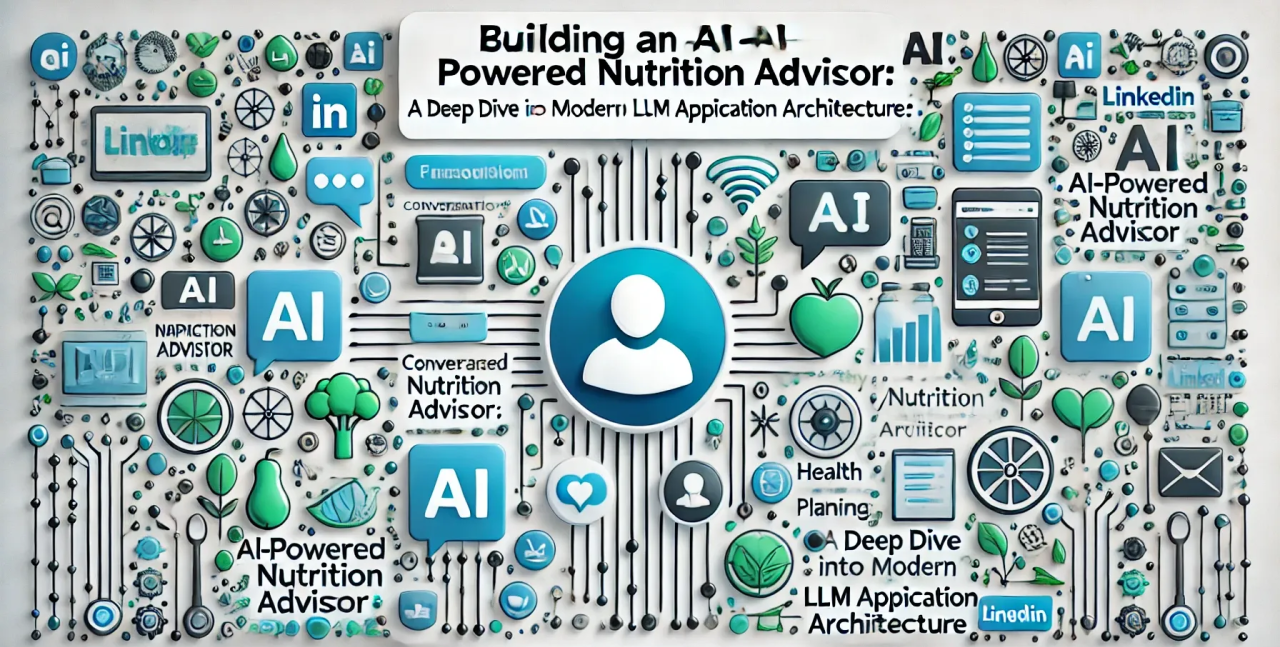AI-Powered Image Generation: Transforming Creativity in the Digital Age
Artificial Intelligence (AI) is revolutionizing creative industries, and one standout application is AI-powered image generation. Tools like DALL-E, MidJourney, and Stable Diffusion enable users to create stunning visuals with minimal effort, expanding possibilities for artists, marketers, educators, and hobbyists. In this blog, we’ll explore the potential, use cases, and implications of AI image generation.
What is AI Image Generation?
AI image generation uses machine learning algorithms to create images from text descriptions or style references. These tools are trained on vast datasets, learning to mimic artistic styles, natural scenes, and intricate designs. Advanced models can generate highly realistic images or imaginative, otherworldly visuals.
How Does AI Image Generation Work?

At its core, AI image generation uses technologies like:
1. Generative Adversarial Networks (GANs): Two neural networks (a generator and a discriminator) compete to create and evaluate realistic images.
2. Diffusion Models: Gradually modify random noise into meaningful images, refining their structure and details.
3. Natural Language Processing (NLP): Understand text prompts to interpret and create corresponding visuals.
Applications of AI Image Generation
AI-generated images are finding their way into diverse fields:
1. Marketing and Advertising
– Quickly produce tailored visuals for campaigns.
– Prototype product designs or create promotional materials
2. Education
– Generate educational diagrams or visual aids for complex concepts.
– Create illustrations for books or e-learning platforms.
3. Entertainment
– Concept art for video games, movies, and animations.
– Design characters or storyboards quickly and creatively.
4. E-Commerce
– Showcase customizable product visuals.
– Enhance customer engagement with dynamic graphics.
5. Art and Creativity
– Empower artists to experiment with new styles or concepts.
– Help non-artists create professional-grade artwork.
Benefits of AI Image Generation
– Speed: Create images in seconds, compared to hours or days using traditional methods.
– Cost-Effective: Reduce the need for expensive design tools or professional artists.
– Accessibility: Non-artists can bring ideas to life without specialized skills.
– Customization: Tailor visuals to specific needs, with high precision.
Challenges and Ethical Considerations
1. Copyright Issues: Models trained on copyrighted data can generate art resembling original works, raising questions about intellectual property.
2. Bias in Data: Datasets might reflect societal biases, leading to unbalanced or inappropriate outputs.
3. Misinformation: AI tools could create deepfakes or misleading images, making it crucial to verify authenticity.
4. Job Displacement: The ease of AI tools may impact traditional design and art industries.
Popular AI Image Generation Tools
– DALL-E: From OpenAI, excels in transforming text prompts into detailed visuals.
– MidJourney: Known for its artistic and abstract style.
– Stable Diffusion: Open-source tool offering high customization.
Future of AI in Image Creation
As AI continues to evolve, we can expect:
– Improved Realism: Hyper-detailed images indistinguishable from reality.
– Better Accessibility: Seamless integration into apps and software.
– Collaboration: AI acting as a co-creator rather than a replacement.
Conclusion
AI image generation is more than a trend—it’s a transformative force reshaping how we think about creativity. From personal projects to professional endeavors, this technology opens new frontiers for innovation. However, with great power comes great responsibility. Ethical practices and mindful usage will be essential as we navigate this exciting digital frontier.

